Inflatable tents have revolutionized the camping experience, offering convenience, speed, and great set-up. However, for novice first-time users, there are questions such as, "Do inflatable tents need to be constantly inflated?" Let's dive into how these innovative tents work and address this common question.
How Inflatable Tents Work
Inflatable or air tents use beams instead of traditional poles to provide structure and stability. These air beams are durable, sealed materials that withstand high pressure without leaking. A pump inflates the tent; once the air beams are complete, the tent is self-supporting.
Unlike traditional tents with rigid poles, inflatable camping tent are more flexible, making them resilient in windy conditions. But do they need a constant supply of air to keep their shape? The short answer is no.
No Need for Constant Air Supply
Inflatable tents do not need a constant air supply once fully inflated. Here’s why:
- Airtight Construction: The air beams are designed to hold air securely without continuous pumping. Once you’ve inflated the tent to the recommended pressure, it should remain stable for your camping trip.
- High-Quality Materials: Most inflatable tents are made of rigid, puncture-resistant materials that can withstand outdoor conditions without deflating. Brands often use reinforced polyester or TPU (thermoplastic polyurethane) linings to maintain air tightness.
- Integrated Valves: These tents have non-return valves that prevent air from escaping after inflation. This means you won’t lose air even if the pump is removed.
Potential Air Loss and Maintenance
Although inflatable tents do not require constant air, some air loss over time is natural. Here are a few factors to consider:
Temperature Changes
Air contracts in cooler temperatures and expands in heat. If you set up your tent in warm weather and the temperature drops at night, you might notice slight deflation. This is normal and can be resolved with a quick top-up using your pump.
Small Leaks or Punctures
While rare, punctures can occur if the tent comes into contact with sharp objects. Most inflatable tents come with repair kits, allowing you to patch small leaks quickly. Regular inspections can help you identify and address issues before they become problematic.
Prolonged Use
If you’re camping for an extended period, checking the air pressure periodically is a good idea. A small top-up may be needed to ensure the beams stay firm.
Advantages of Inflatable Tents
Understanding that inflatable tents don’t need constant air can help you appreciate their many benefits:
- Quick Setup: Most inflatable tents can be pitched using a manual or electric pump in just a few minutes. This is especially helpful for families or solo campers.
- Durability: The flexible air beams can bend without breaking, unlike traditional poles that may snap under pressure.
- Comfort: Inflatable tents often offer more interior space, as the absence of rigid poles allows for more innovative designs.
- Stability: The air beams can absorb shocks from wind better than traditional poles, making these tents ideal for various weather conditions.
Manual vs. Electric Pumps
When inflating your tent, you can choose between manual and electric pumps, each with its own benefits.
Manual pumps are hand-operated, requiring physical effort. They are reliable and ideal for remote or off-grid camping due to their non-electric nature.
Advantages of Manual Pumps:
- Reliability: No dependency on electricity.
- Portability: Lightweight and easy to transport.
Considerations:
- Time and Effort: Requires more physical effort and time.
Electric pumps are powered by electricity, offering quick and effortless inflation, perfect for larger tents or when convenience is key.
Advantages of Electric Pumps:
- Efficiency: Fast and efficient inflation.
- Convenience: Minimal physical exertion needed.
Considerations:
- Power Source: Requires access to electricity, which may not be available in remote areas.
Durability and Maintenance
Checking for Leaks
Regular checks for leaks are crucial to maintaining the structural integrity of inflatable tents. Identifying and addressing leaks promptly ensures the tent remains air-tight, resilient, and durable.
Key reasons for consistent leak checks:
- Prevent Long-Term Damage: Early detection prevents leaks from becoming significant issues.
- Ensure Air-Tightness: Regular checks maintain the tent’s integrity.
- Enhance Durability: Timely repairs extend the tent’s lifespan.
Effective leak detection methods:
- Soapy Water Test: Apply soapy water to find air bubbles indicating leaks.
- Listening for Hissing Sounds: Quietly listen for hissing air.
- Pressure Gauge Monitoring: Use a pressure gauge to monitor air pressure changes.
Recommended intervals for leak checks:
- Before Each Use: Quick check to ensure air-tightness.
- Periodically During Use: Regular checks during extended use.
- After Prolonged Storage: Thorough check after long storage periods.
Tips for Maintaining Your Inflatable Tent
To ensure your inflatable tent stays in top condition and doesn’t lose air unnecessarily, follow these tips:
- Use a Groundsheet: Place a groundsheet under your tent to protect the air beams from sharp objects on the ground.
- Avoid Overinflation: Stick to the recommended pressure levels to prevent damaging the air beams.
- Store Properly: When not used, deflate the tent completely, clean it, and store it in a dry place to avoid mould or material degradation.
- Carry a Repair Kit: Always have a repair kit for quick fixes during your trip.
Conclusion
Inflatable tents do not need constant air to maintain their structure. Once inflated, they are designed to hold air securely for your camping trip. With proper care and occasional maintenance, these tents provide a reliable, easy-to-use, and comfortable option for outdoor adventures. Whether you’re a seasoned camper or a beginner, inflatable tents offer a hassle-free experience that’s hard to beat.


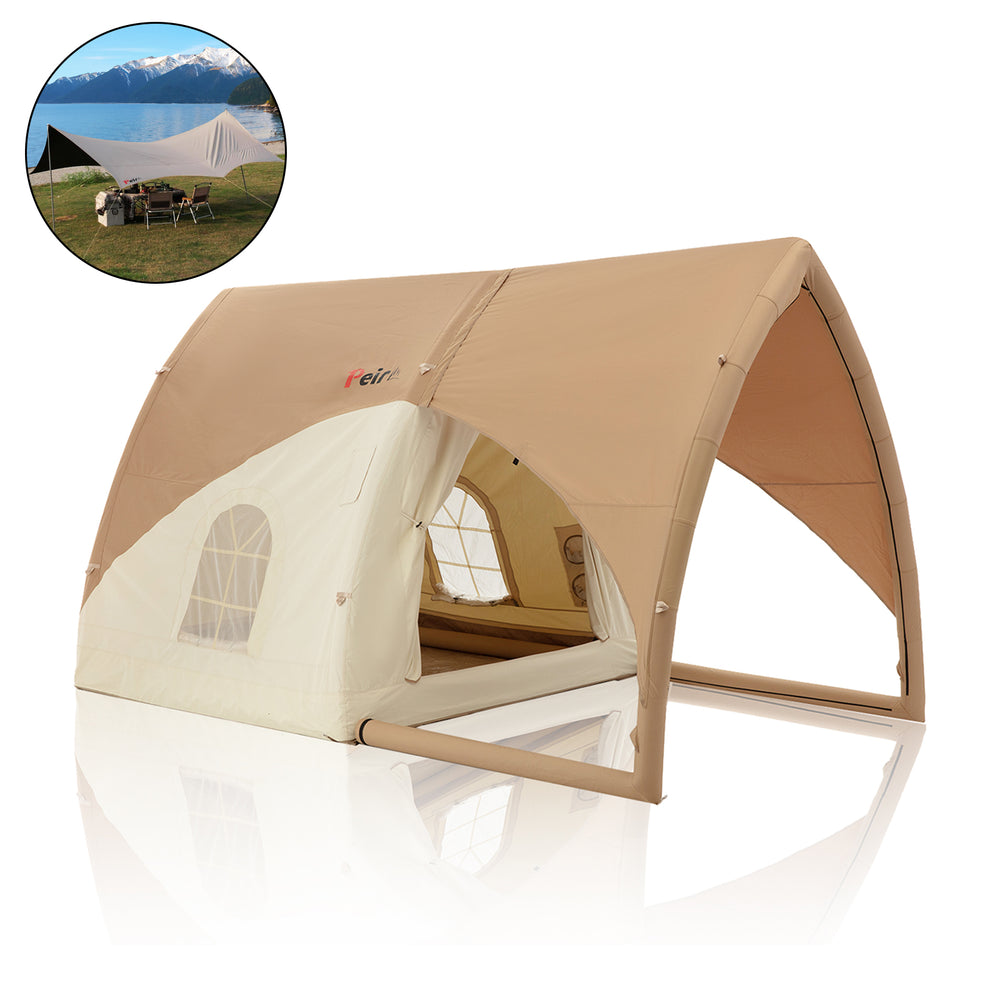
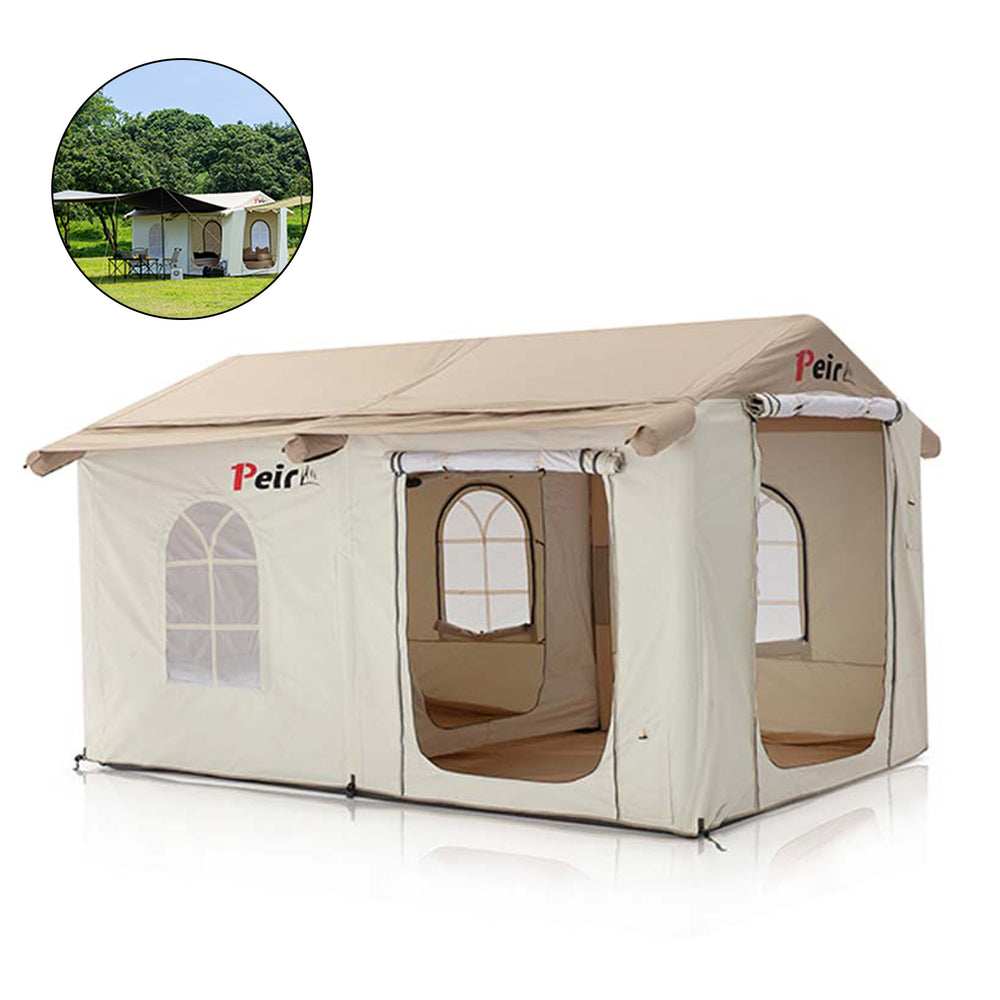
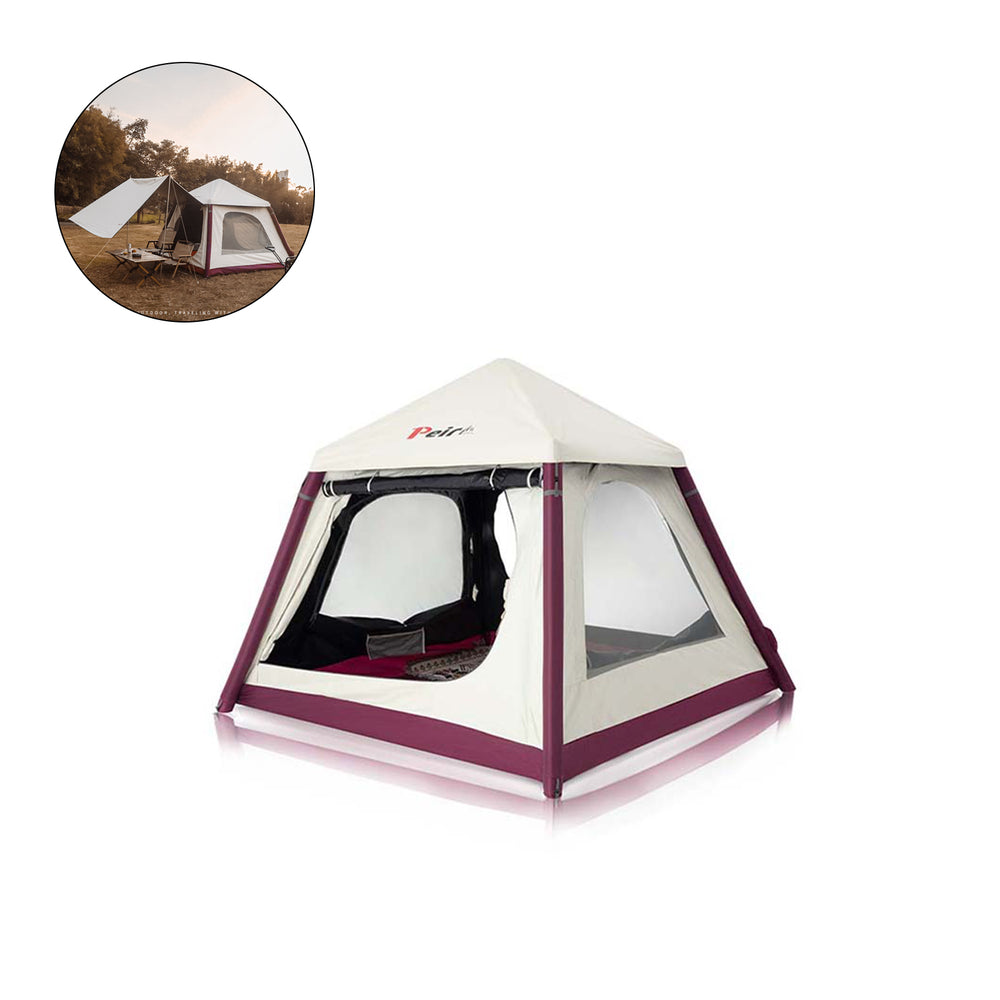
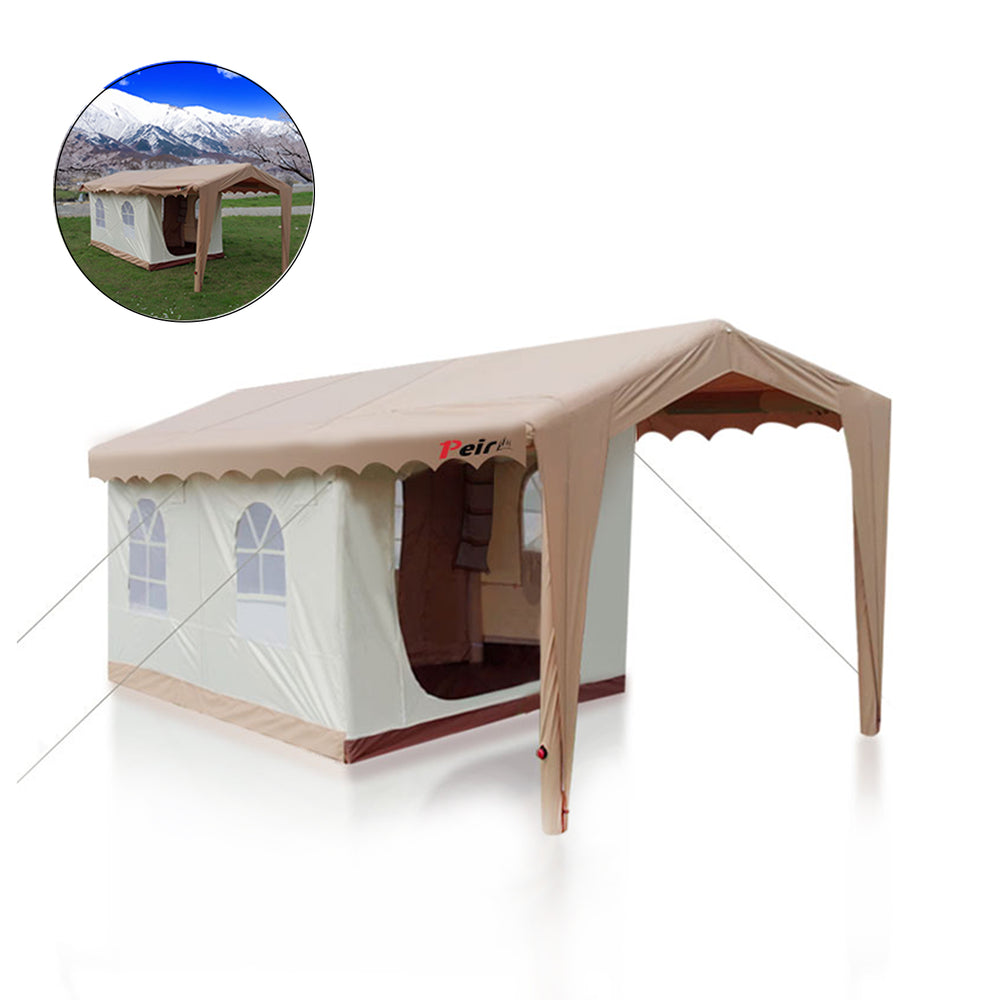
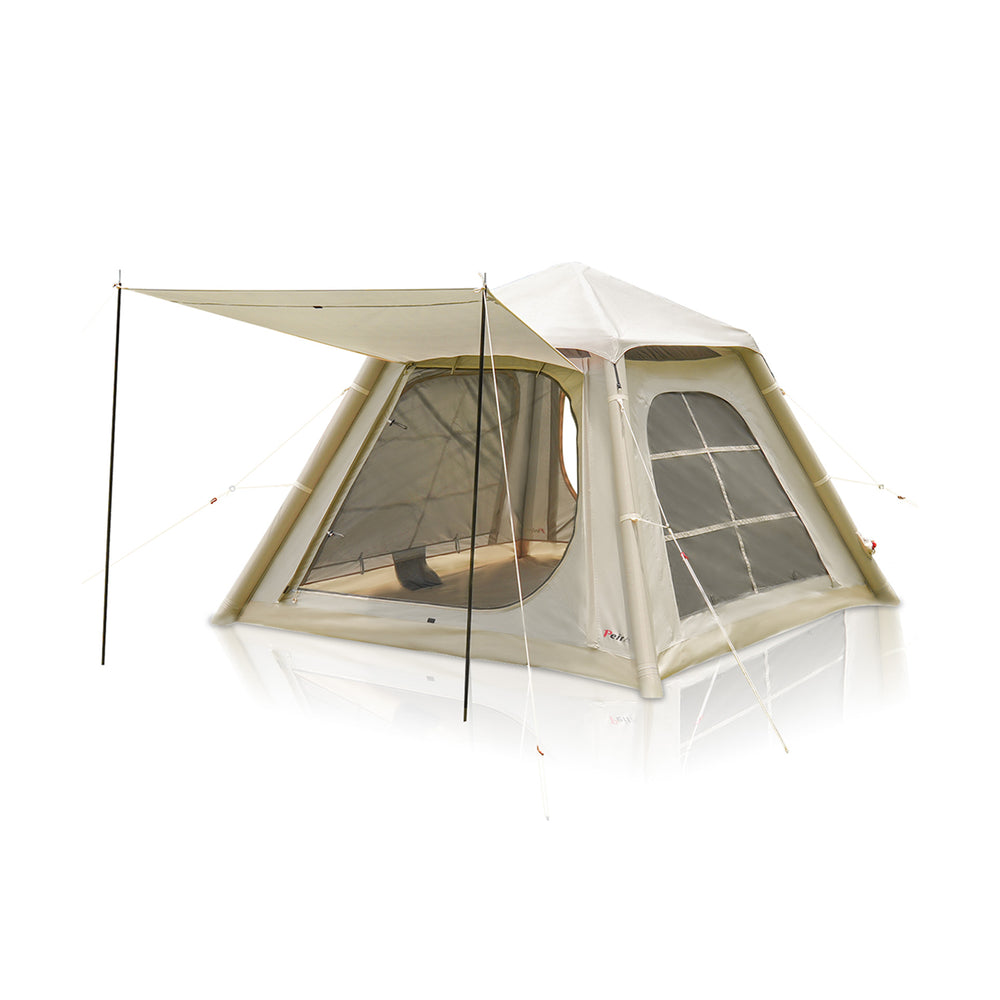
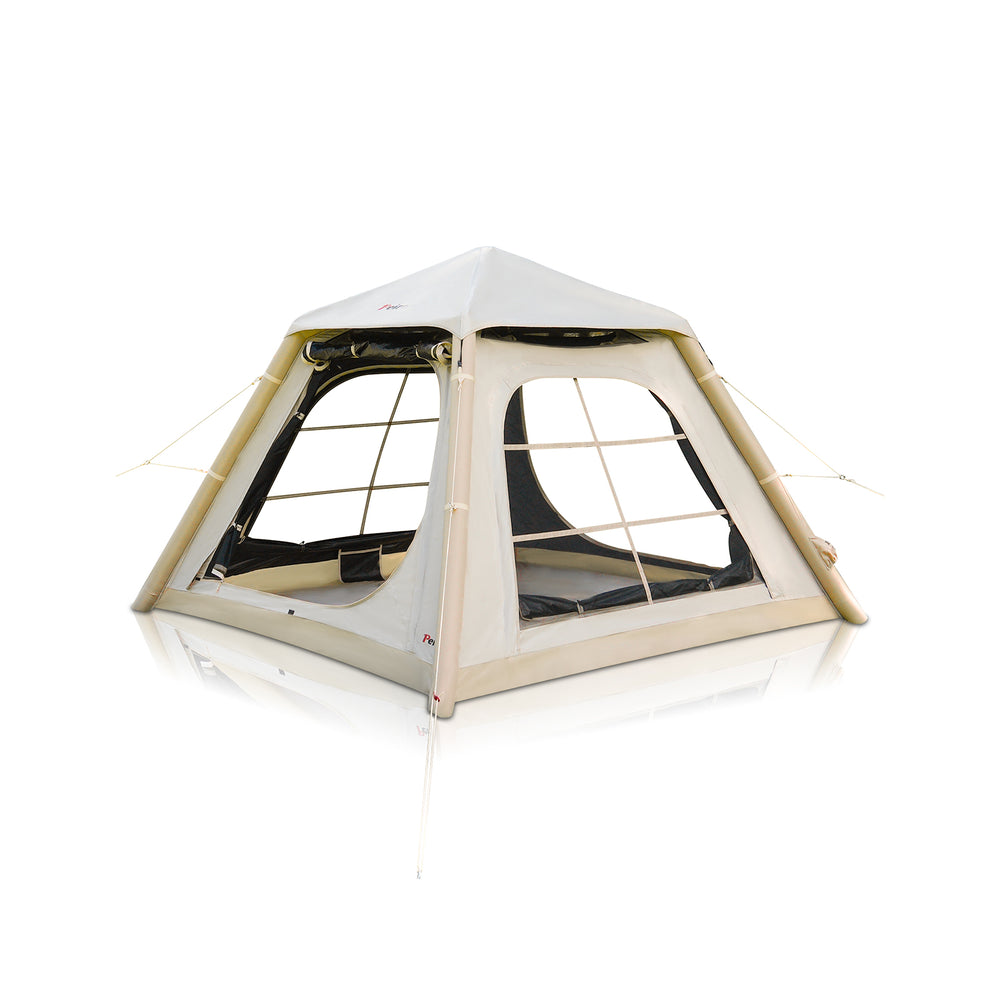
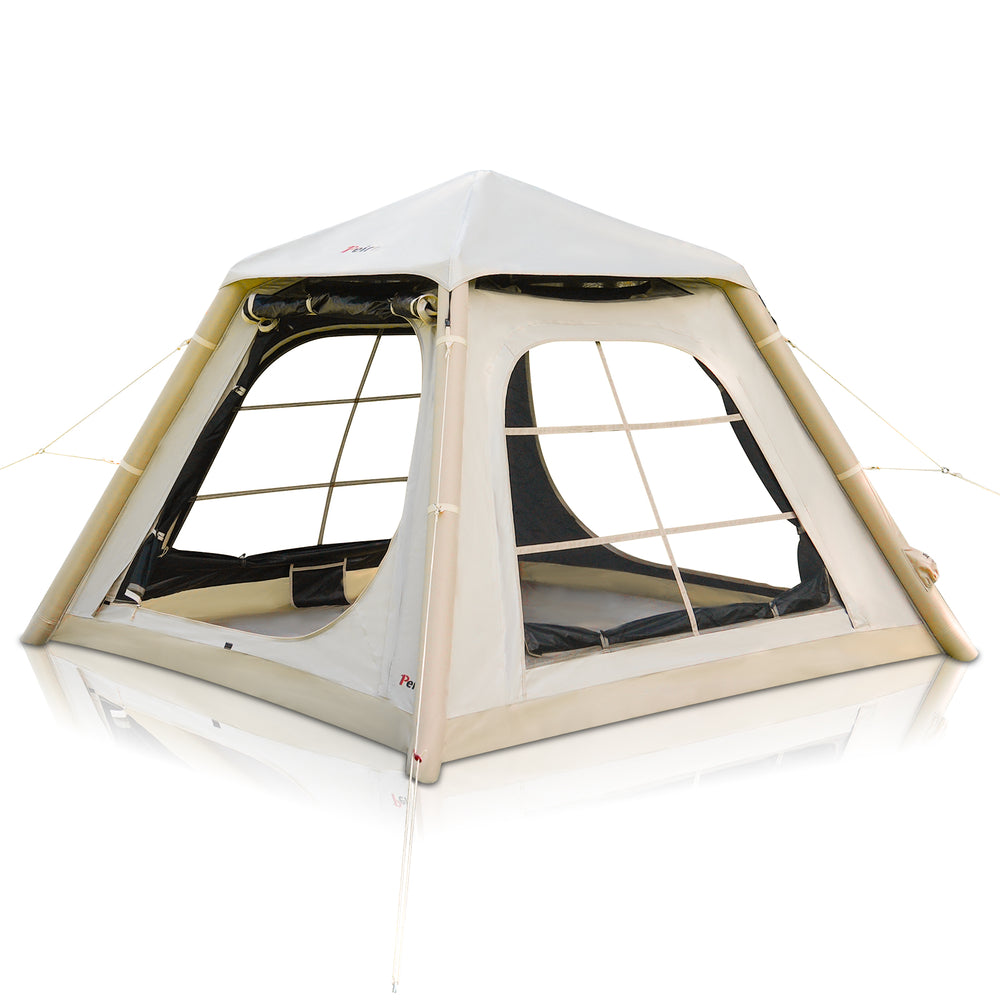
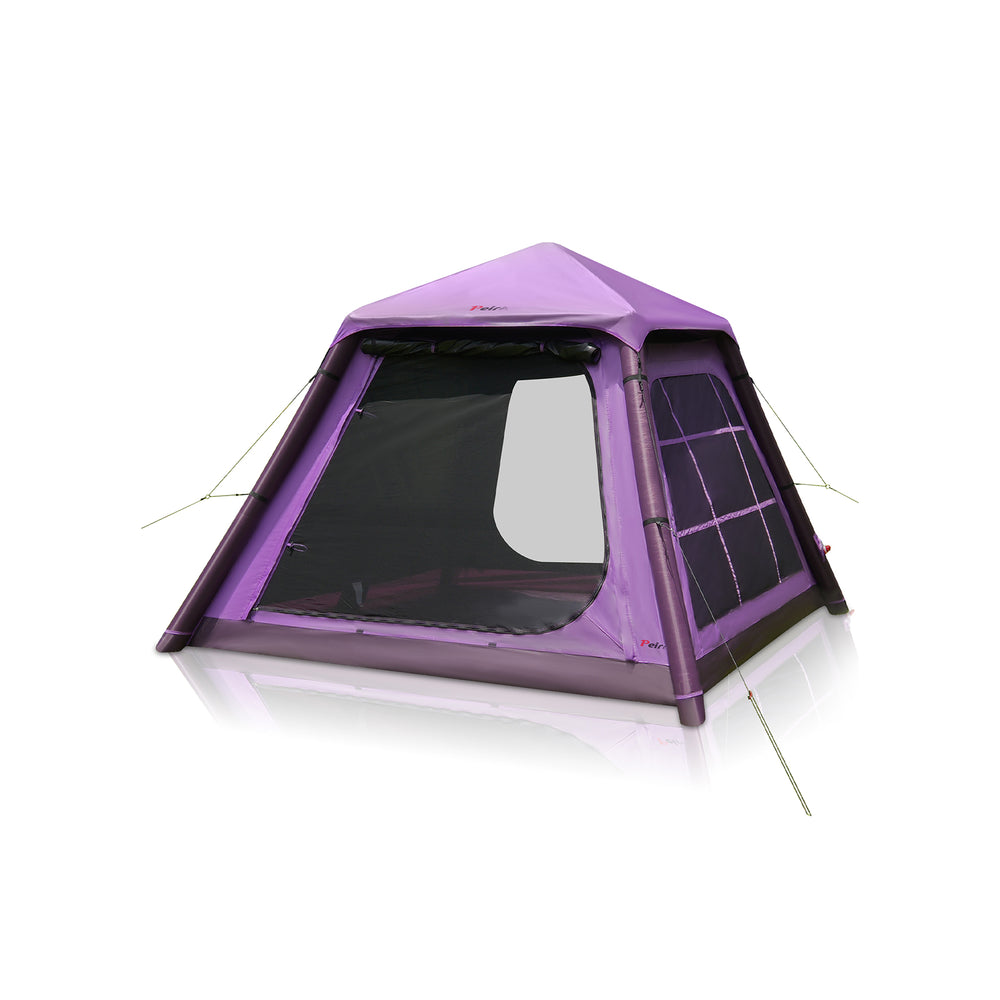
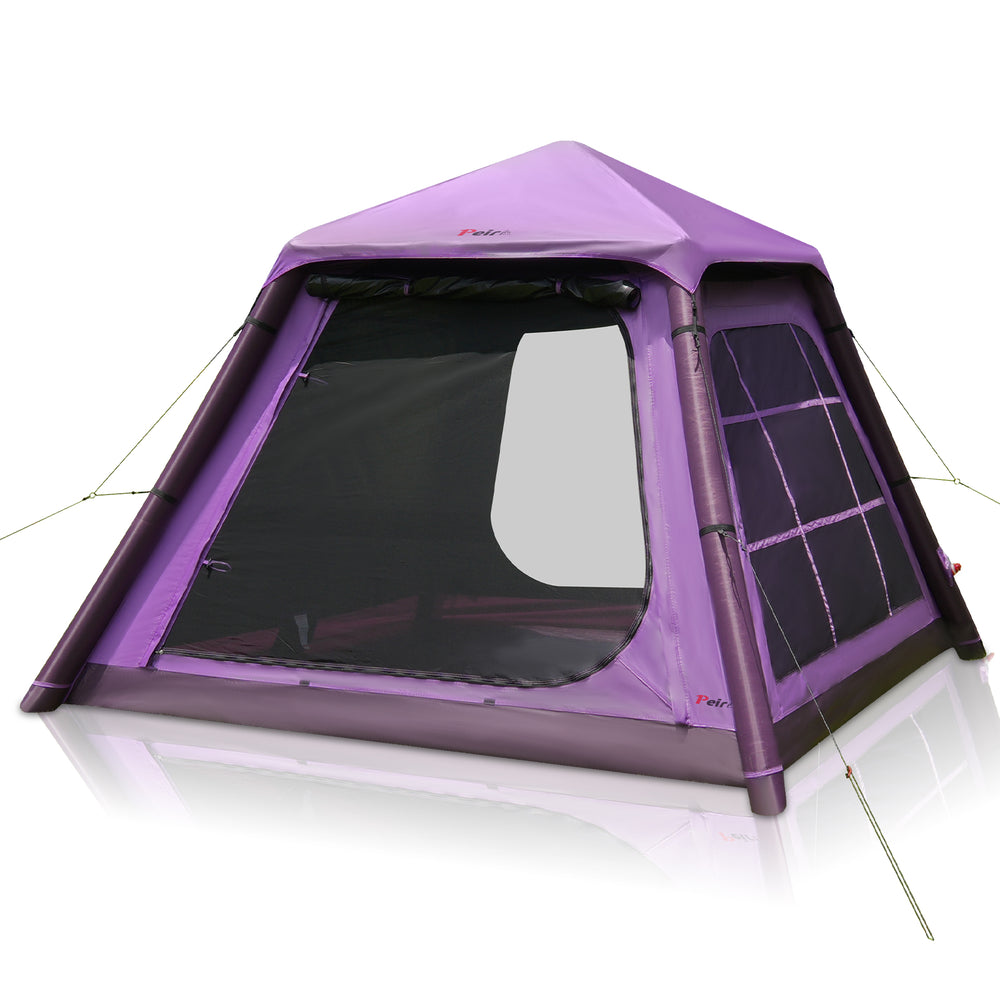
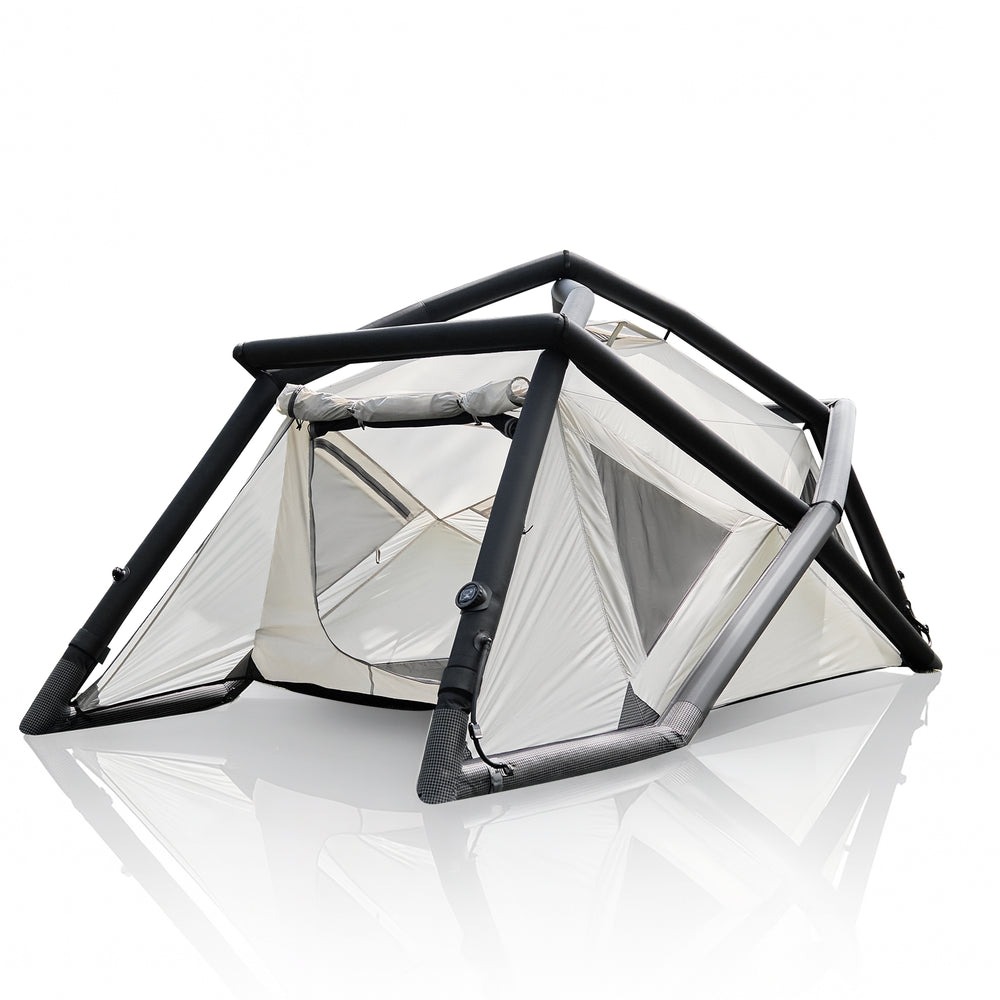
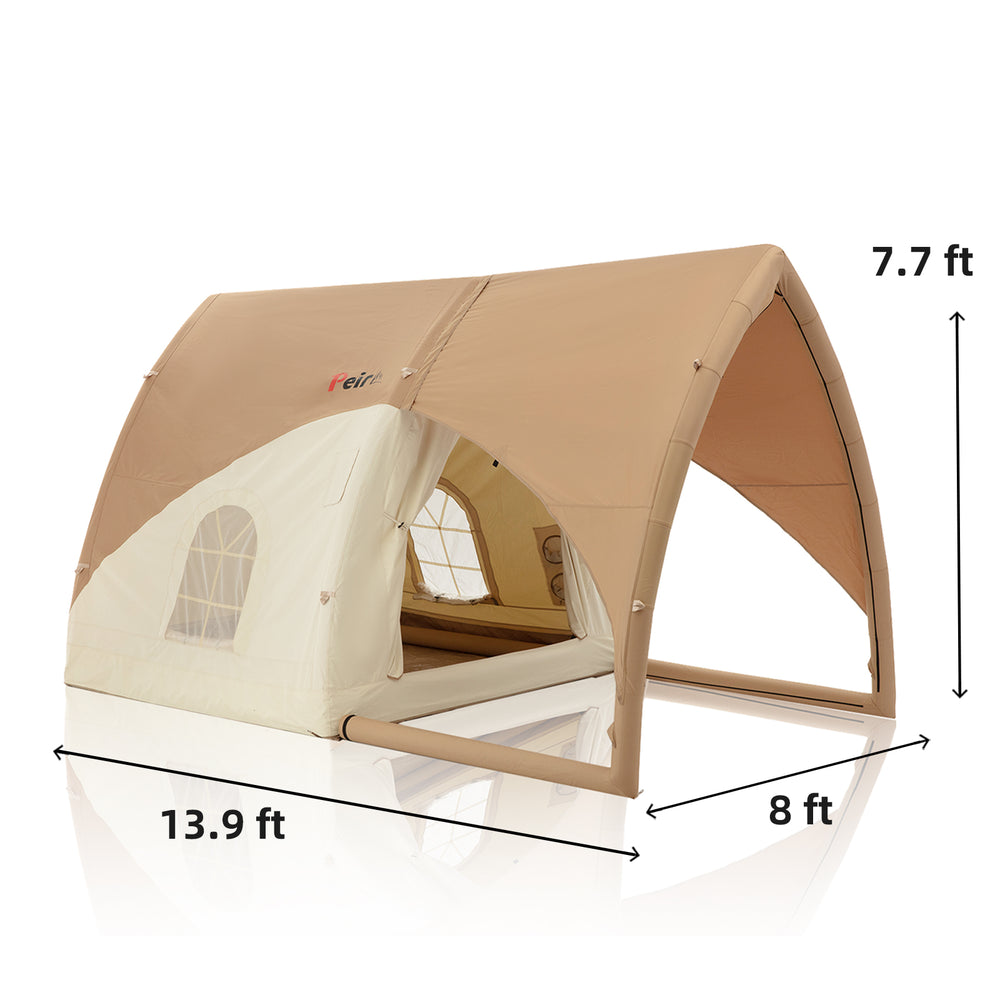 Peirhw Inflatable House Tent - Starry Night Love
Peirhw Inflatable House Tent - Starry Night Love
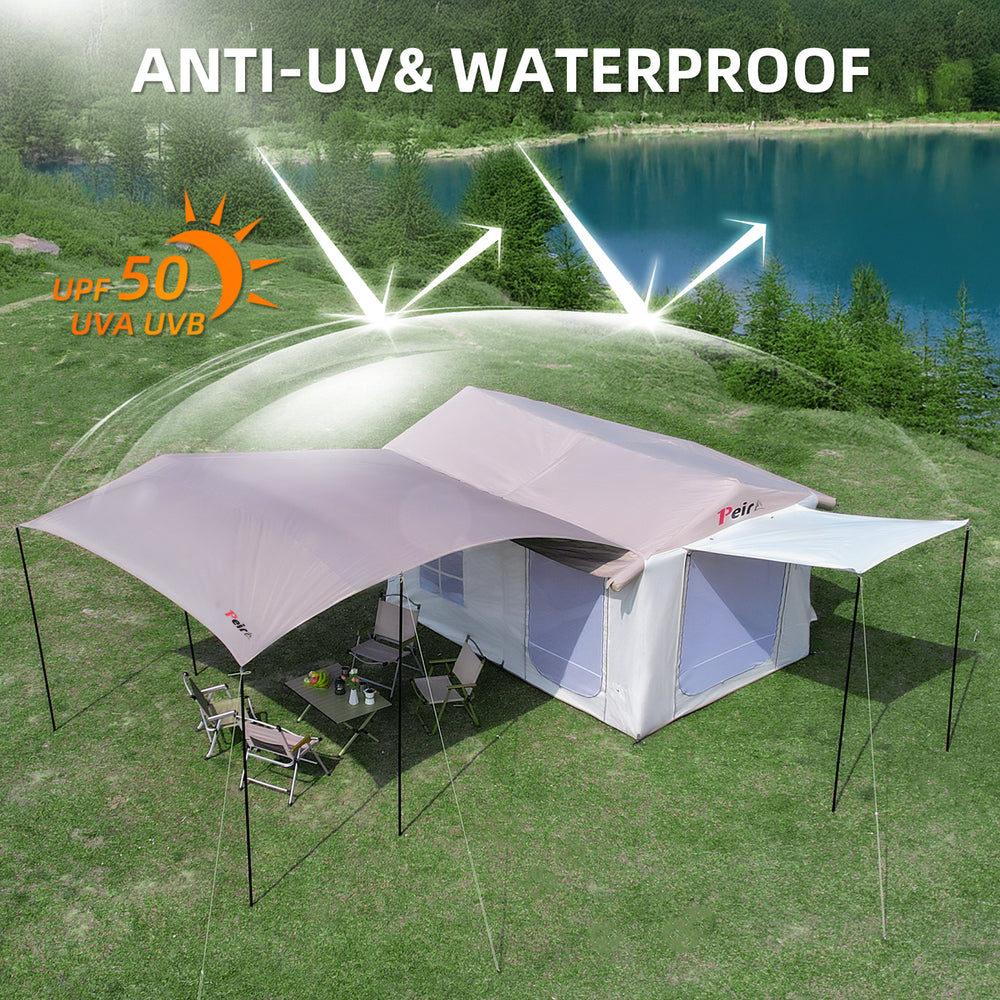 Peirhw Glamping Tents - Friendship Castle
Peirhw Glamping Tents - Friendship Castle
 Peirhw Inflatable Canopy Tent - Adventurer
Peirhw Inflatable Canopy Tent - Adventurer
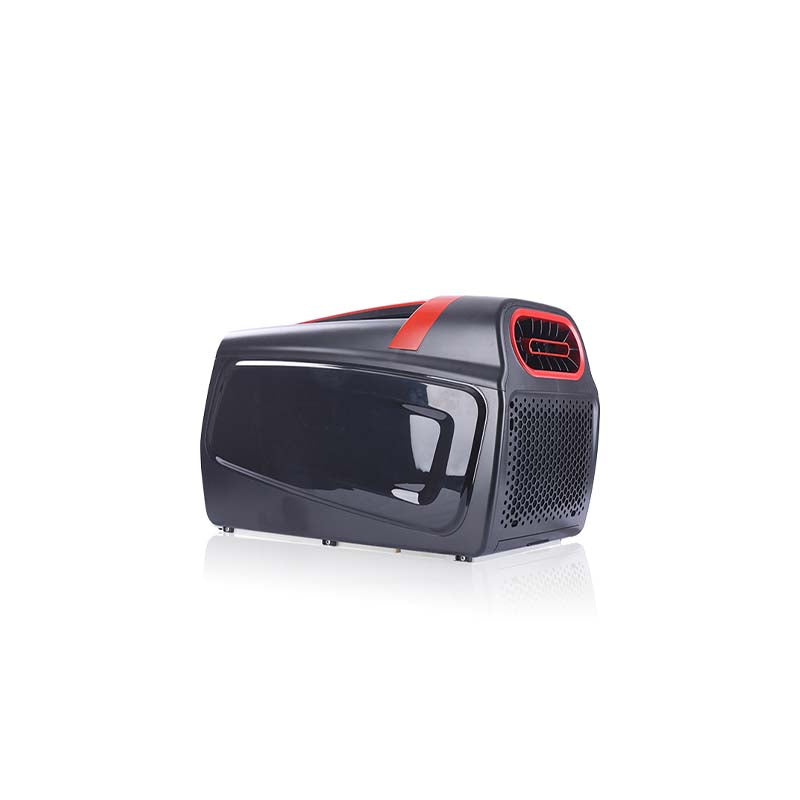
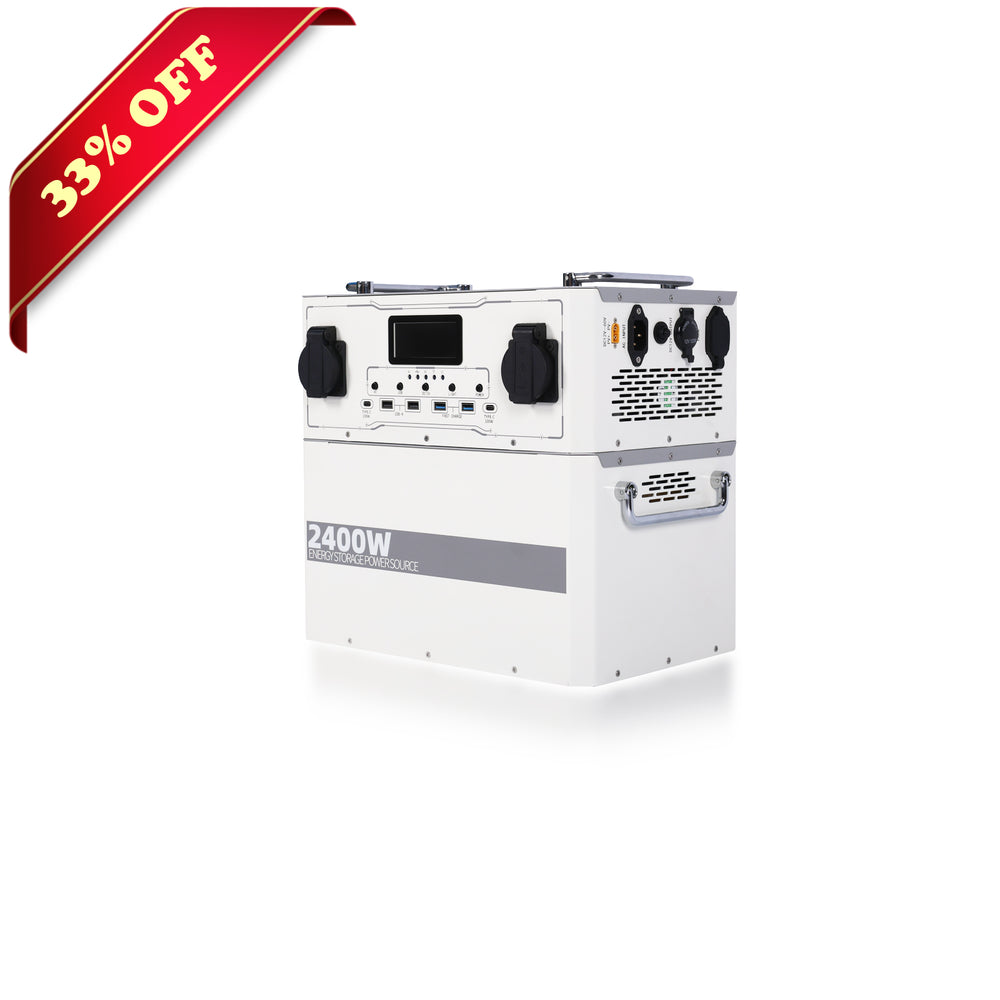
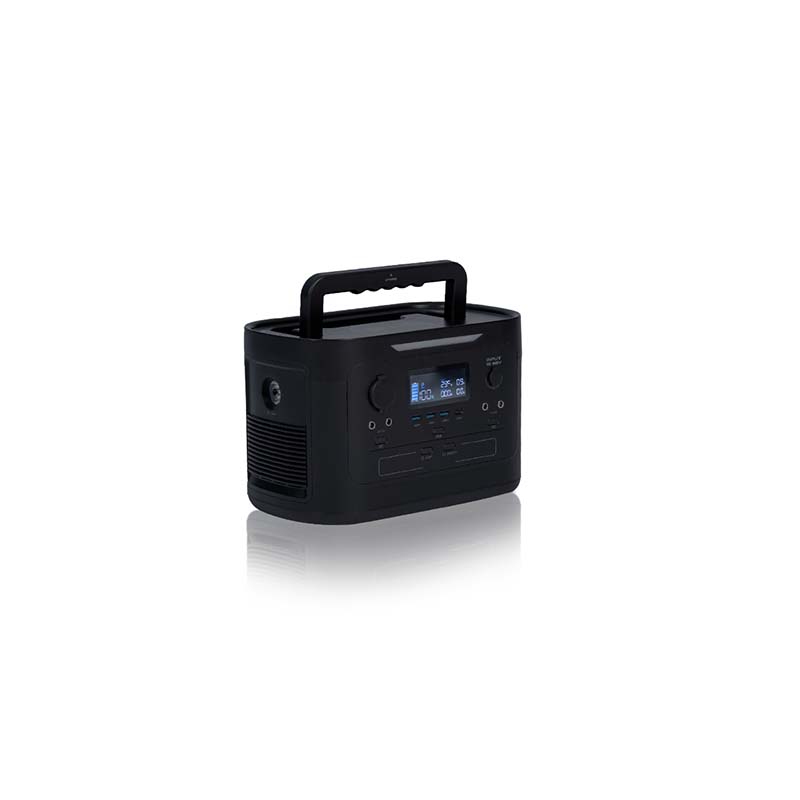
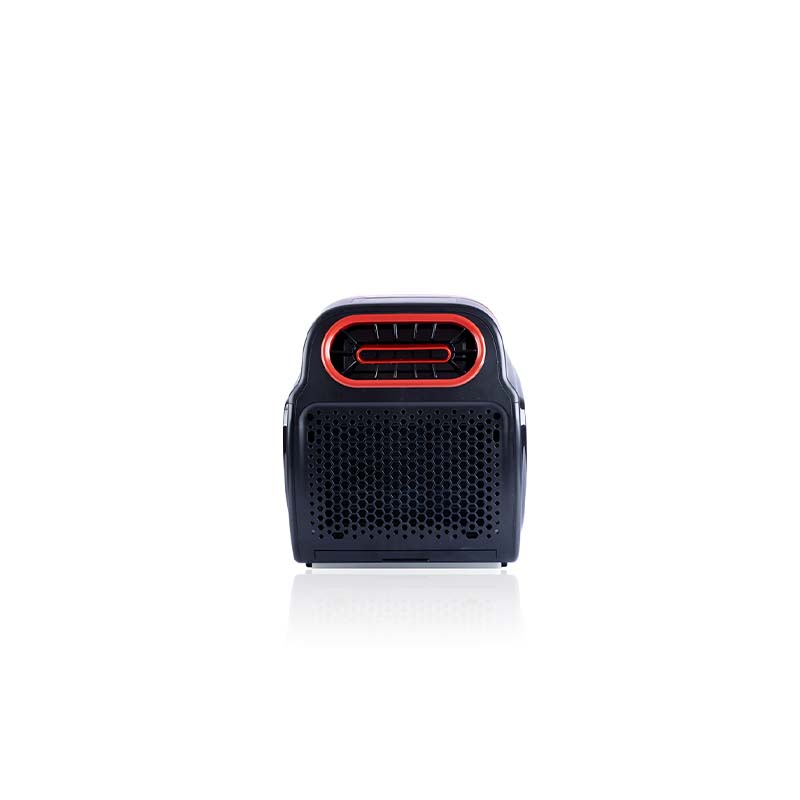 Peirhw Portable Air Conditioner
Peirhw Portable Air Conditioner
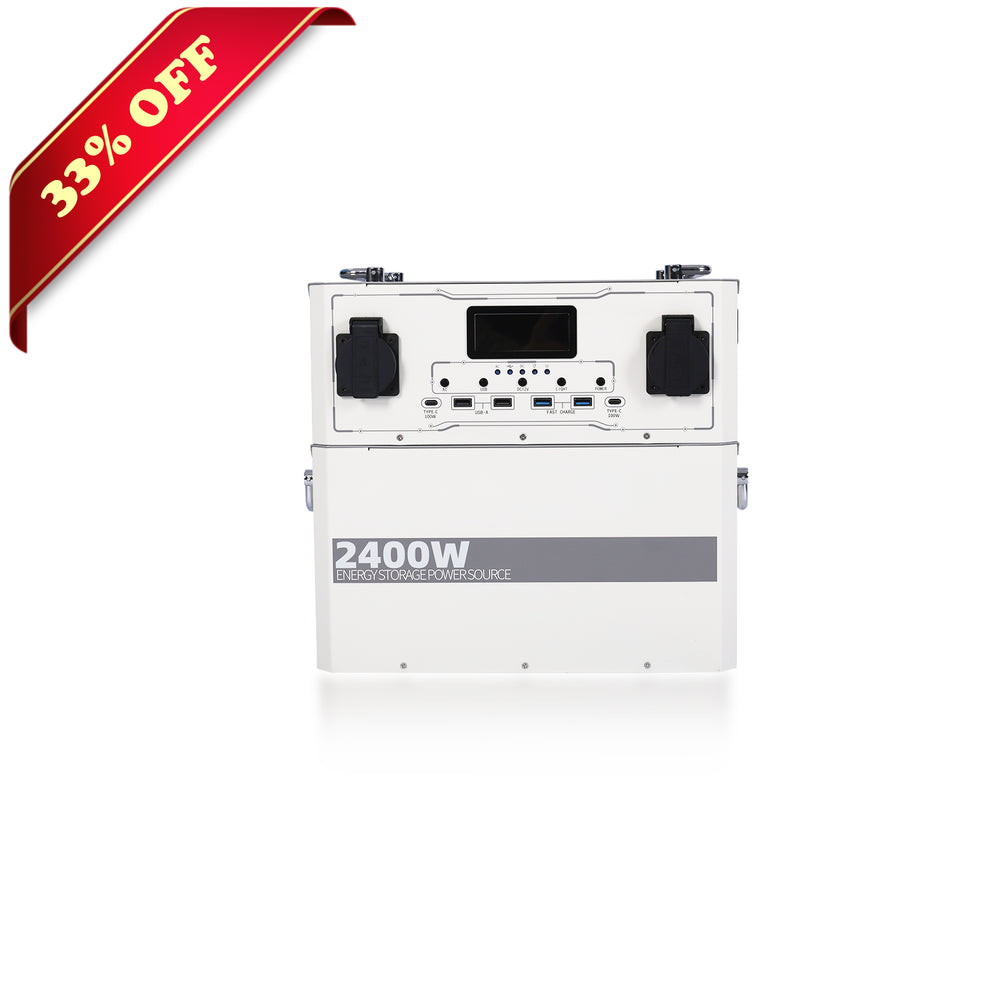 【Advance Sale】Peirhw Portable Power Station 2400W
【Advance Sale】Peirhw Portable Power Station 2400W
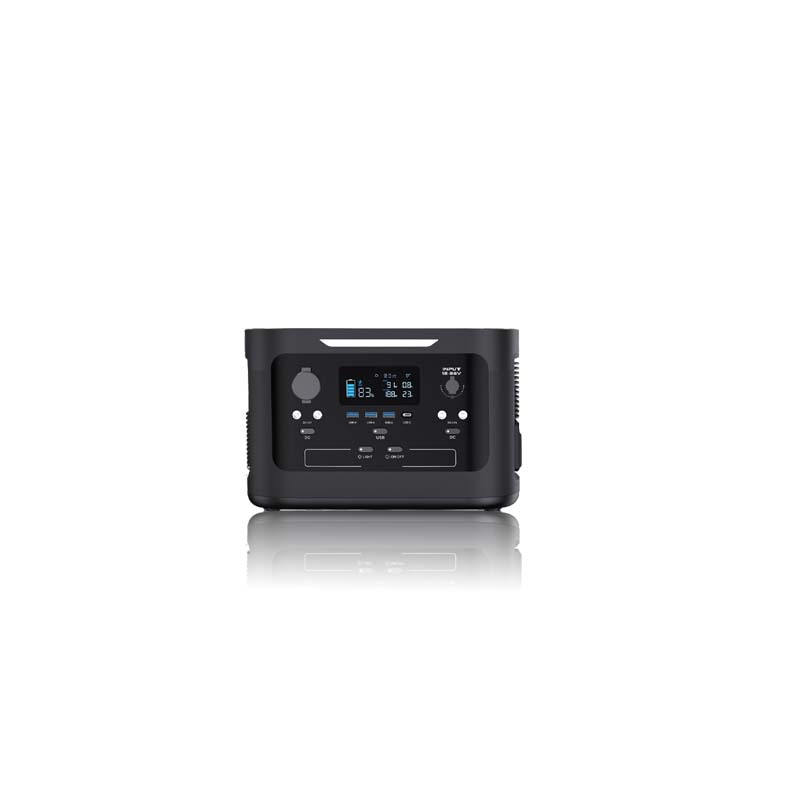 【Advance Sale】Peirhw Portable Power Station 600W
【Advance Sale】Peirhw Portable Power Station 600W
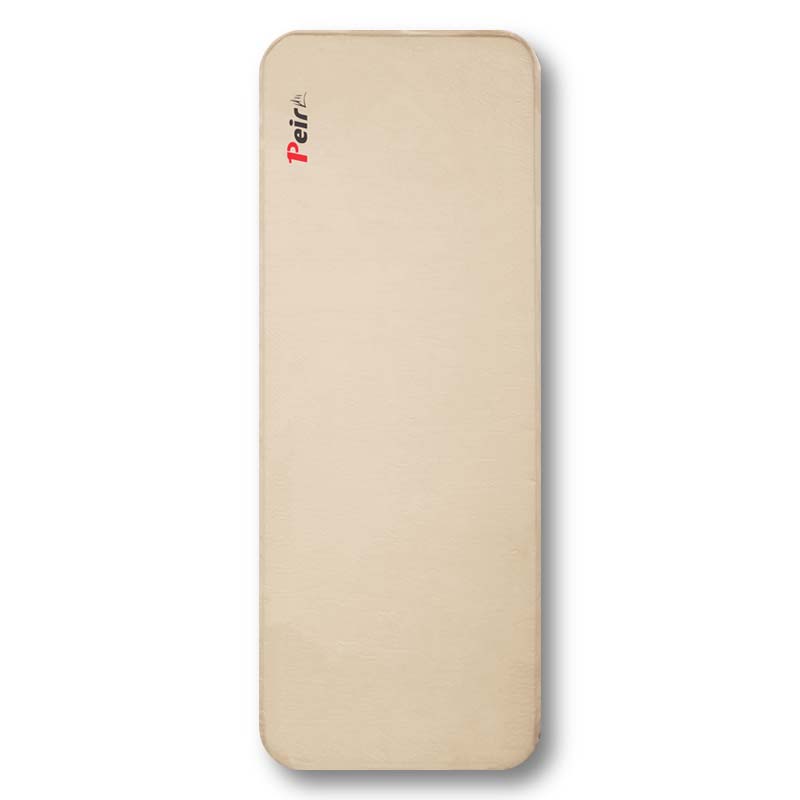
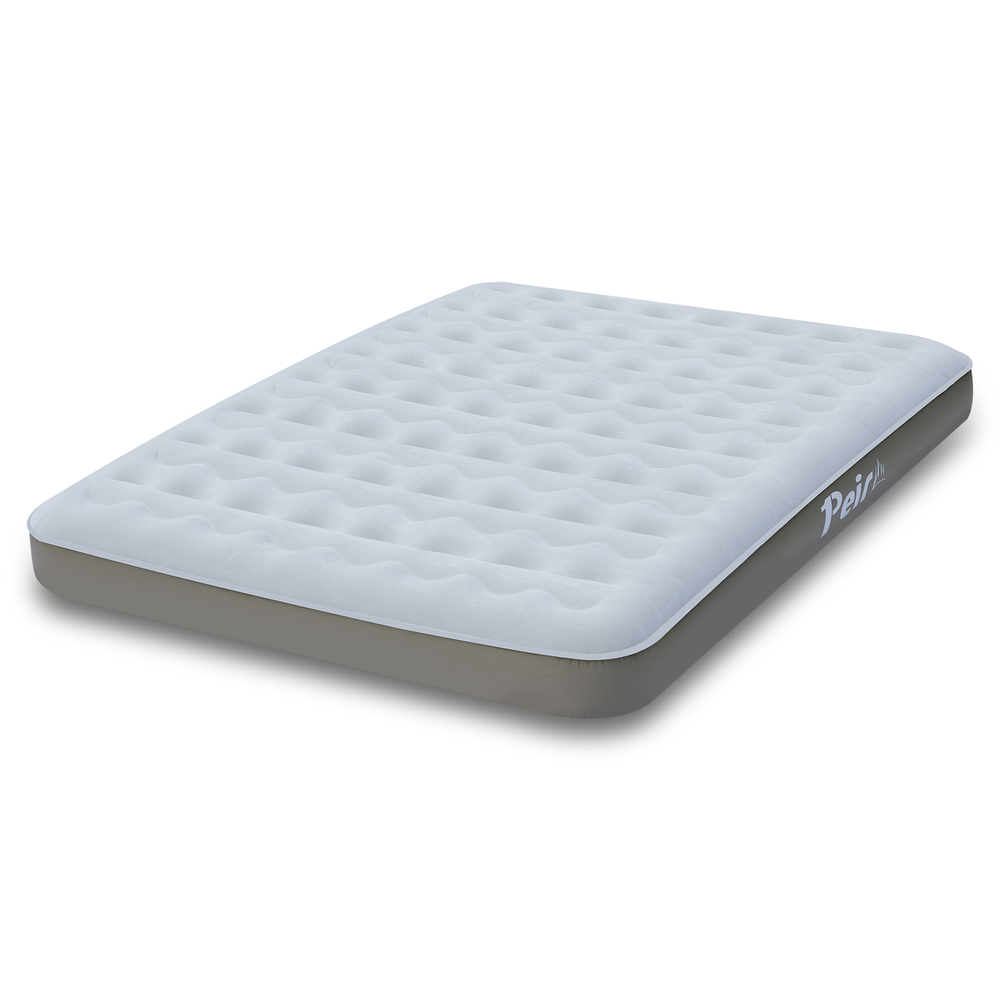


 Peirhw Self Inflating Sleeping Pad
Peirhw Self Inflating Sleeping Pad
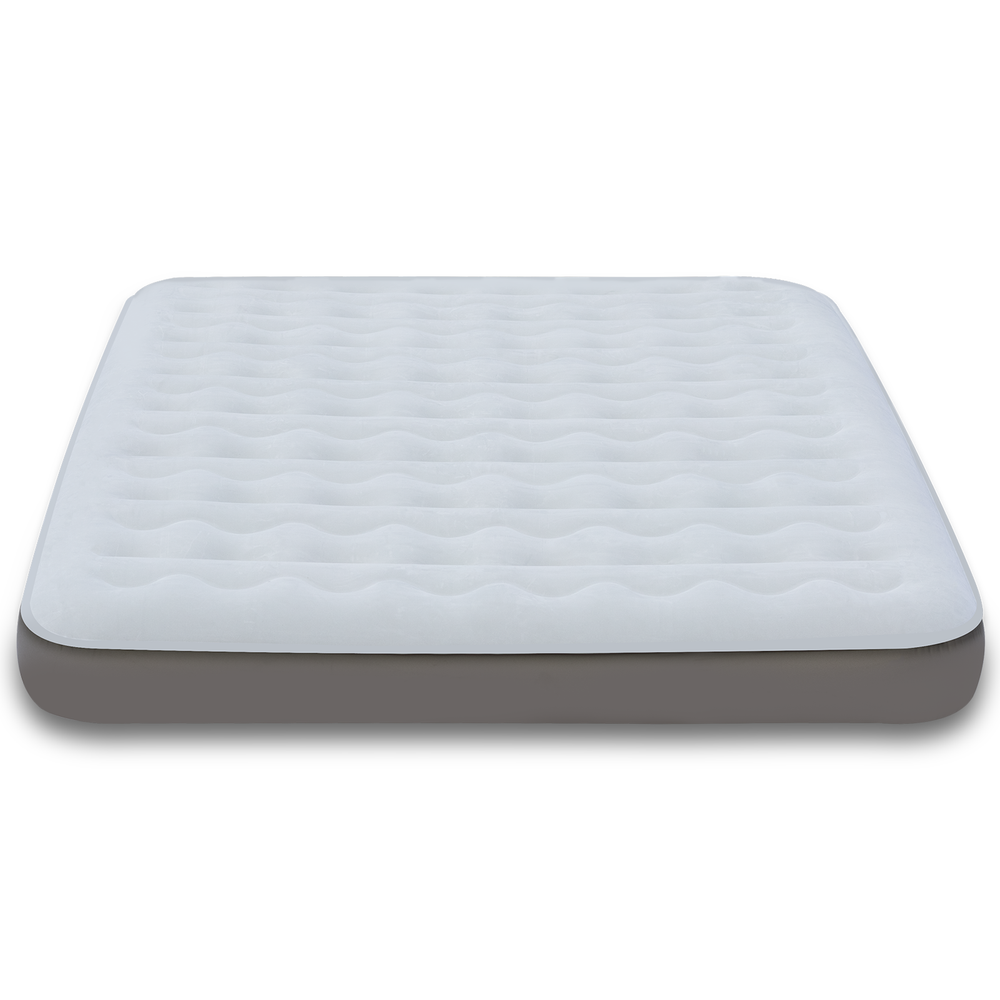 Peirhw Air Mattress (8" Queen Type)
Peirhw Air Mattress (8" Queen Type)
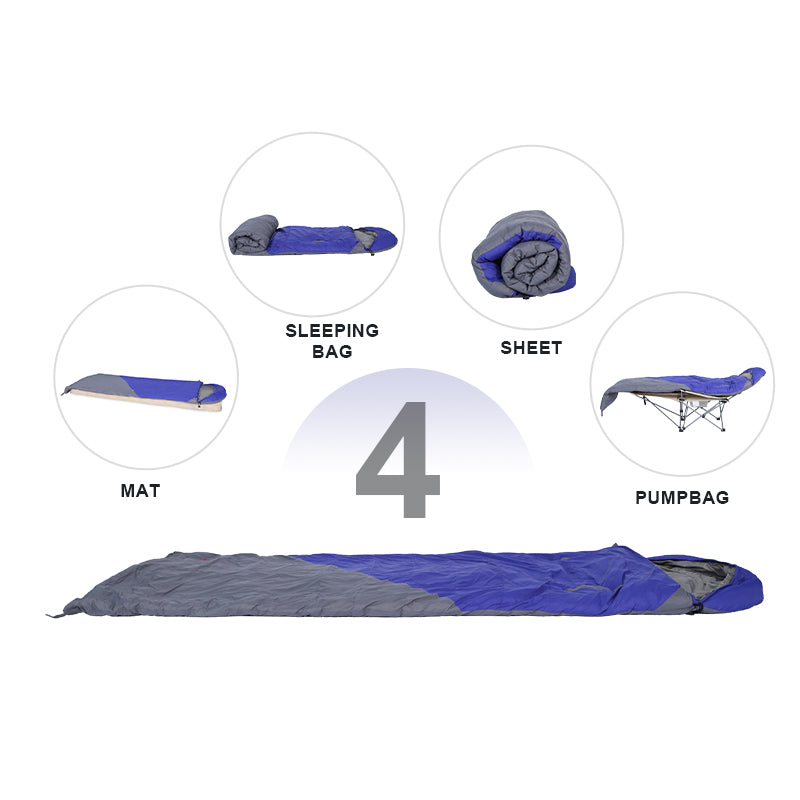 Peirhw Camping Sleeping Bag
Peirhw Camping Sleeping Bag
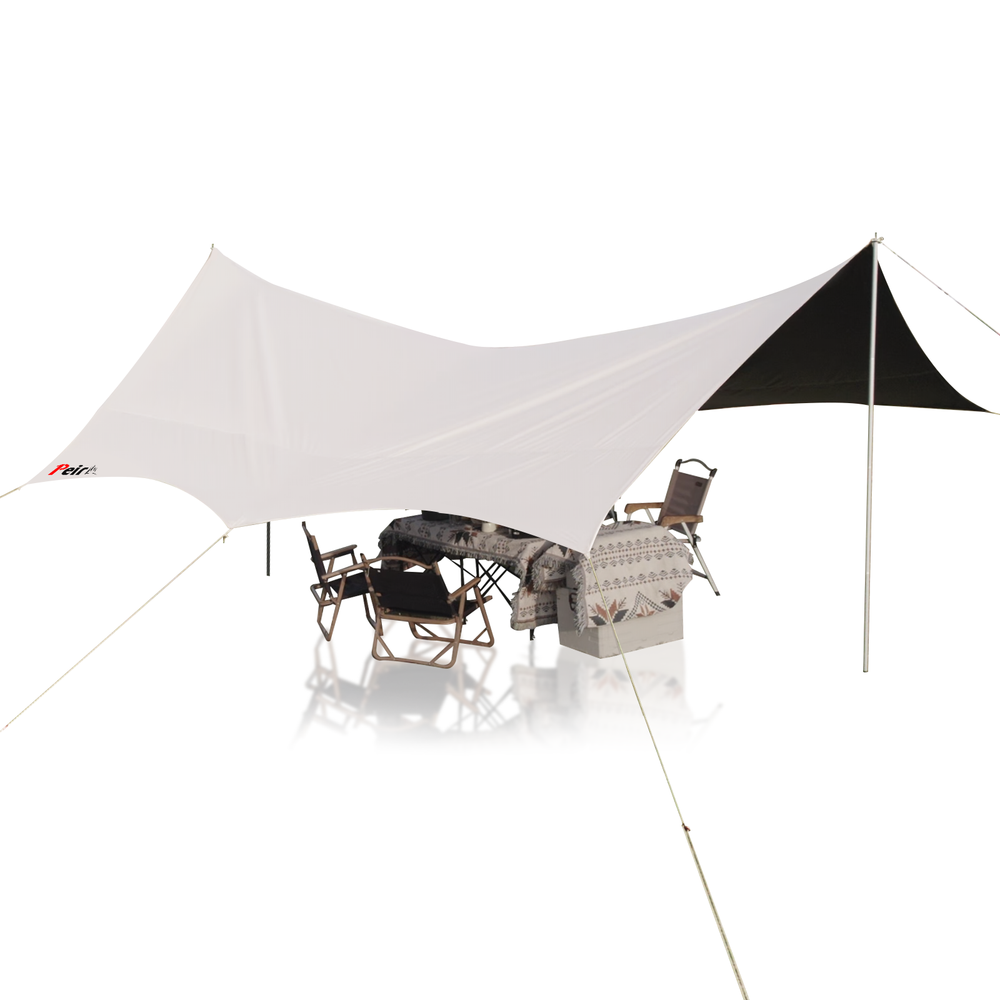

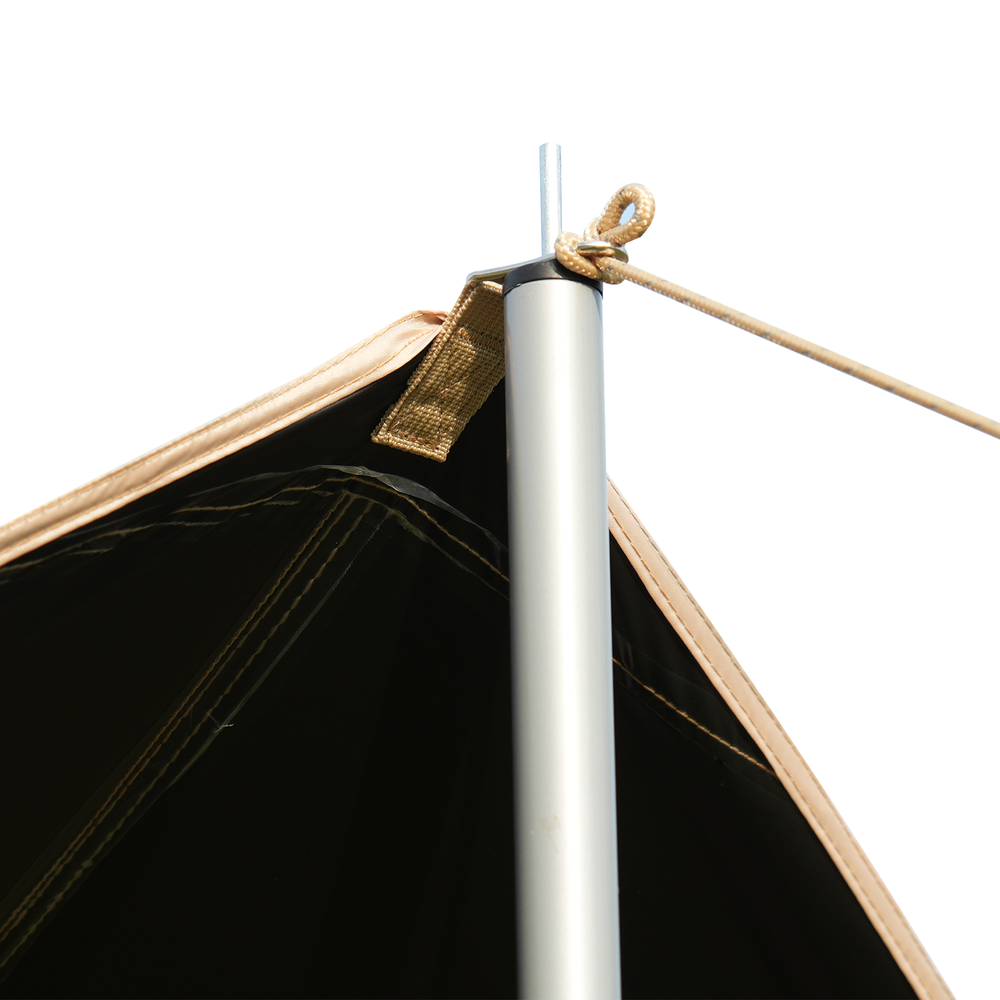 Peirhw Butterfly-shaped Canopy for Camping
Peirhw Butterfly-shaped Canopy for Camping
 Peirhw Camping Waterproof Canopy (Cannot be Purchased Separately)
Peirhw Camping Waterproof Canopy (Cannot be Purchased Separately)
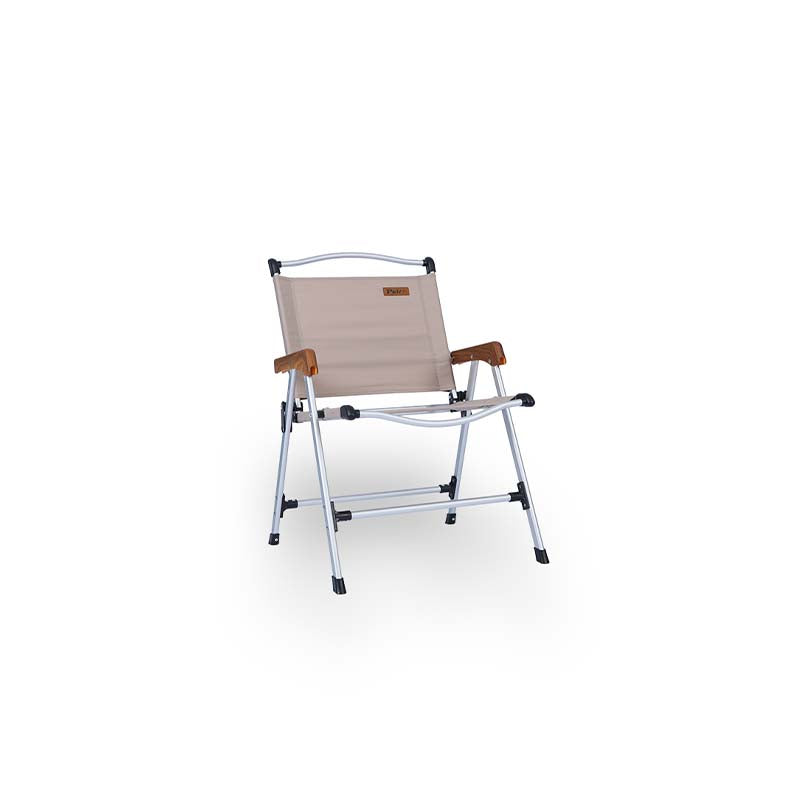
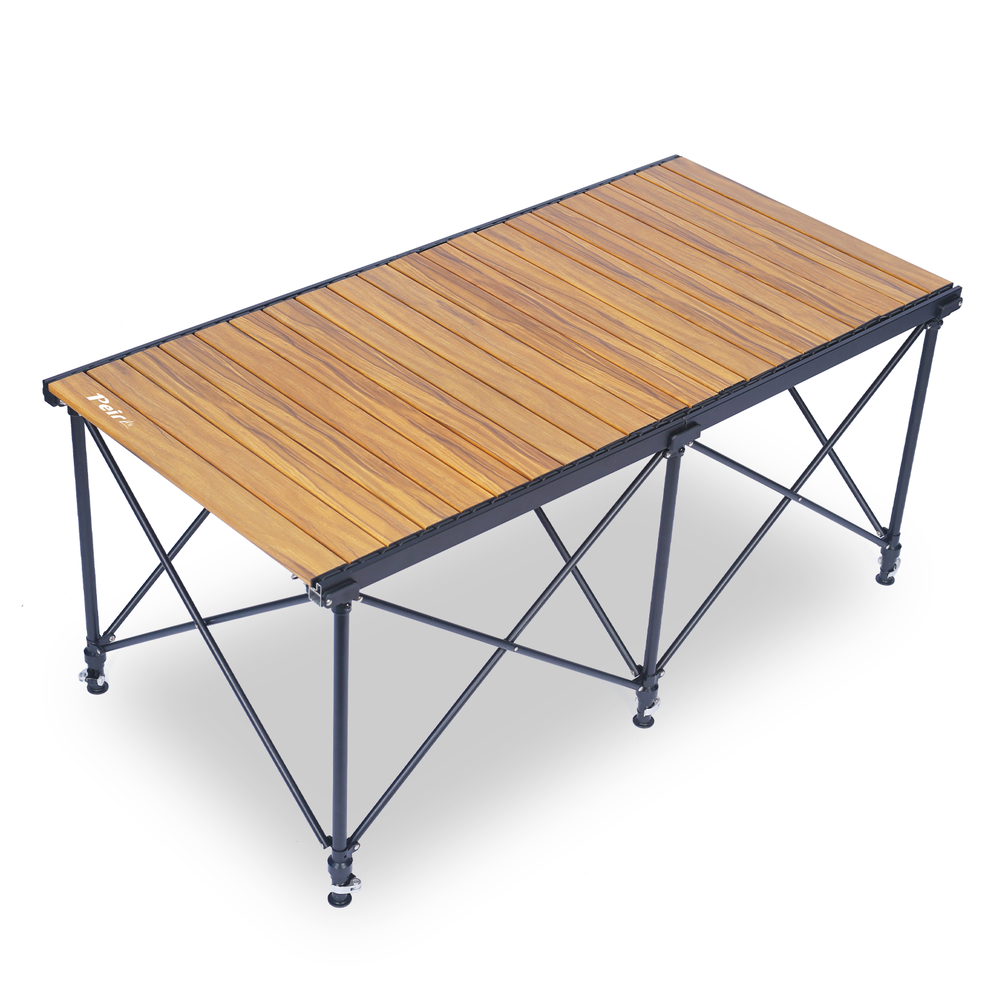
 Peirhw Outdoor Folding Chairs
Peirhw Outdoor Folding Chairs
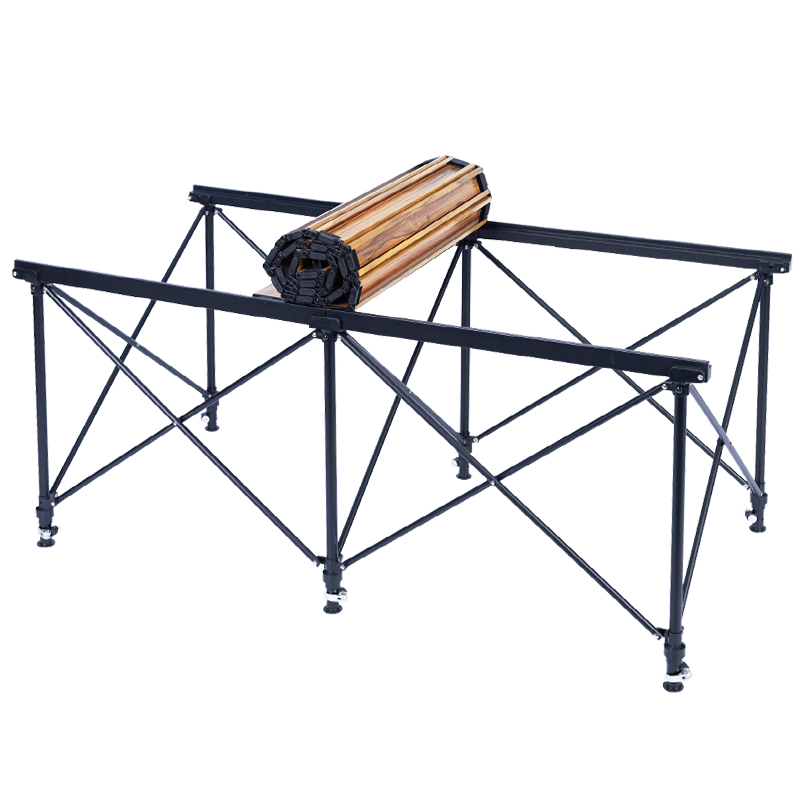 Peirhw Folding Camping Table
Peirhw Folding Camping Table












